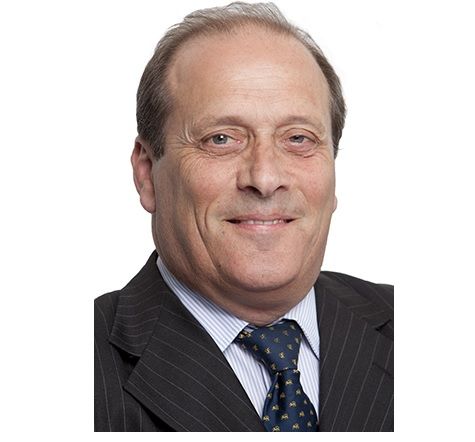The yield on the 10-year German Bund remains the canary in the eurozone coal mine. If we do the grown up thing and discount the bungee jump down to 0.71% during the three day panic mid-month, and look at the yield which has otherwise been trading either side of 0.85%, it is from this “base case” that we must try to gauge market sentiment, going forward.
The release of the ECB/EBA stress test results on Sunday gave markets something quite different to think about for a day and it must be said that the expected yawn never quite happened. Following an initial relief rally in which confidence seemed to be returning, investors and traders alike took fright at the prospect of the real worst case scenario being worse than the worst case scenario used in the tests.
October data from Germany’s key business thermometer, the IFO Index, gave little encouragement. The measure of the current assessment fell from a revised 110.50 in September to 108.4 in October, but perhaps more telling – and worrying – was the fall in the expectations monitor from 99.3 to 98.3.
As bad as it might appear, it is still at a reasonable level – German business people are naturally as sceptical as are all the others – when one looks at the peaks and troughs in the chart over the past 25 years. More to the point, the Future Expectations element of the index averages out, over 25 years, at just above 100 whereas the Current Assessment and Business Climate indices average out a lot higher up. In fact, the current readings of both are distinctly above their long-term average.
Readings might, of course, continue to deteriorate but it would appear as though markets are a tad more worried about where the economy is at, than are those who actually make it go.
More stressed
Still, the fear that the stress tests might have been, when push comes to shove, calibrated to give the desired outcome will not go away. The prospects for a recovery in the eurozone have surely deteriorated since the tests were done and thus equity markets are pricing in capital raising requirements which the stress tests don’t tell us about. Put simply, bank stocks took a tumble – “spanking” would be an exaggeration – and we went out on a weak note.
We ended up with a sense that the German banking system is still a zero-growth, fragmented mess, the French banks can’t be trusted, the British banks are exposed to an inflated property market and to consumers who are addicted to buying things they neither need nor can afford with money they don’t have, the Italian banks don’t know which way is up, and the Spanish banks are proudly declaring summer after the sighting of a single swallow – which might or might not be in the same state as Monty Python’s legendary Norwegian Blue parrot.
Although the sell-off in bank stocks will be gracing today’s newspaper headlines, they broadly did neither better not worse than other index components, albeit that they are generally to be found in the fourth quartile. The big loser on the day was of course to found in Italy in the form of Banca Monte dei Paschi di Siena. They keep telling us that it is Europe’s oldest bank, having been founded in 1472 but, truth be told, the current Monte dei Paschi shares nothing with the old Monte dei Paschi other than maybe the name and the location of the head office. The shares fell 22% as questions are being asked as to who will be mad enough to put up the money to fill the glaring capital gap. It is hard to imagine a banking landscape without MdP, but it was equally hard to see one without Baring Brothers, Penn Square, Herstatt or, more recently, Lehman Brothers. Come in number 10, your time is up.
The new oil paradigm
I did take one call yesterday in which a reader was pulling my leg with respect to my call that oil might have hit an interim low. At the time Brent was trading at or around US$84.60pbb. By the close it had put on a dollar and was marked to settle at US$85.83. In intraday trading, WTI traded through US$80.00 but it too recovered and settled at US$80.83. I don’t want to end up in a betting game as to where it closes on a day-to-day basis, but I’d like to remind that there is a lot riding on the price. Saudi Arabia needs to achieve US$85.00pbb in order to fund its lifestyle – below that it finds its budgetary situation more tricky.
Having lived through the 1973 oil shock, the subsequent deep recession and the ensuing period of near hyper-inflation, I have burnt into my consciousness that cheap oil is good, and expensive oil is bad. Now I am expected to re-learn that even for consumers, higher oil prices are better. I find that hard but now I shall go to bed every night and pray for it to rise, along with inflation and all those other things which we thought were toxic and destructive.
Now we do have that legendary new economic paradigm which has been talked about for years, but which has never taken hold. I’m not sure I know what to do with it.
